Winegrower in Layon
The Family Story
Pierre Papin bought Château Pierre-Bise, at the age of 50, in 1959.
1970-1990
In 1974, his son Claude took on the original nine hectares in Pays de la Loire and gradually expanded the estate, particularly during the 1980s, with the purchase of vines from his winegrower father-in-law in Rochefort, Chaume and Quarts-de-Chaume. In 1992, he also took over the Clos de Coulaine vineyard, adding the Savennières appellation to the estate’s range.
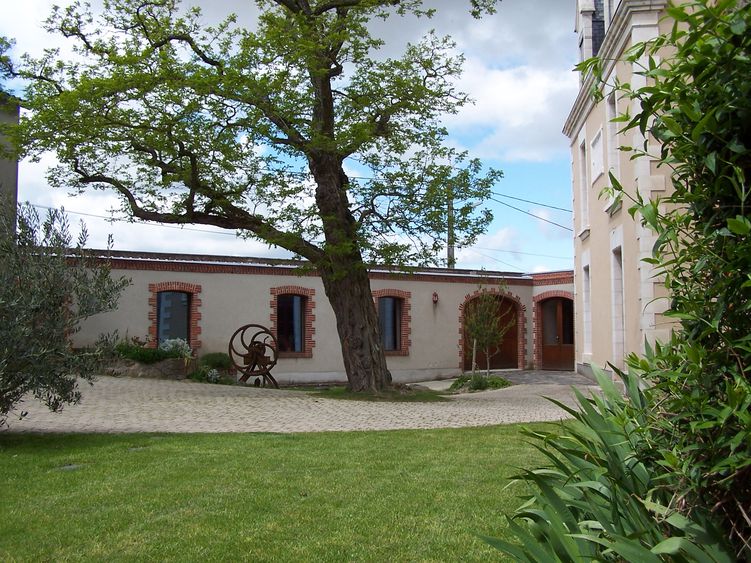
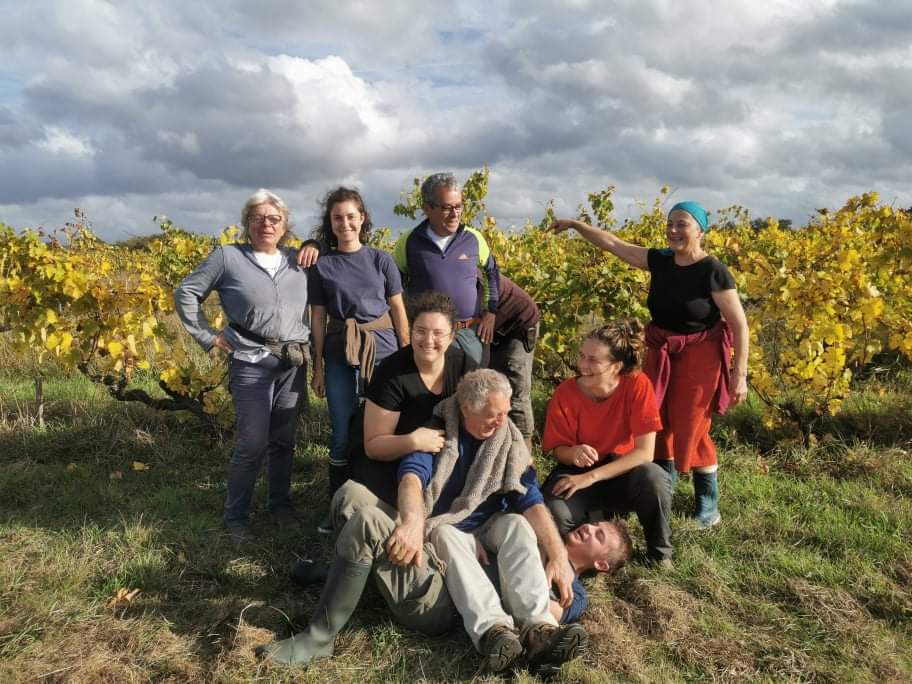
Organic commitment
From 1976, the estate began working with Samabiol (the first leading supplier of organic products at the time) and developed an understanding of the concept of trophobiosis, whereby the health of plants depends on their nutritional balance (an approach of the researcher Francis Chaboussou).
In parallel, during the 1980s and 90s, our estate became a specialist in wines with “typicity” due to the estate’s diverse terroirs and the closeness of the National Institute of Agronomic Research (INRA), in Angers, who were exploring this notion. Since earliness encourages a mineral character in wines, cover planting, which contributes to earliness, was introduced throughout the vineyard in 1990. This cover planting gradually led us to develop a more advanced understanding of the life of the soil and soil fertility.
The vineyard today
In 2004, the purchase of further plots in Roche-aux-Moines by the estate’s current generation, brought the estate to its current 45 hectares of vines.
Geological Diversity
The landscape unit of the Layon straddles the Paris basin to the east and the Armorican massif to the west. It is marked by a major geological accident, the Layon fault, which stretches over 120 kilometres between Blain (Loire-Atlantique) and Doué-la-Fontaine (Maine-et-Loire), at the foot of which flows the Layon river.
The geodynamic
It juxtaposes two basement rock formations with a different geodynamic history, and has resulted in wall effects, generating a steep rise in terrain on the river’s right bank.
It is also lined with numerous carboniferous sedimentary basins (classic coal basin with deposits of white mica sandstone, pudding stone, coal seams).
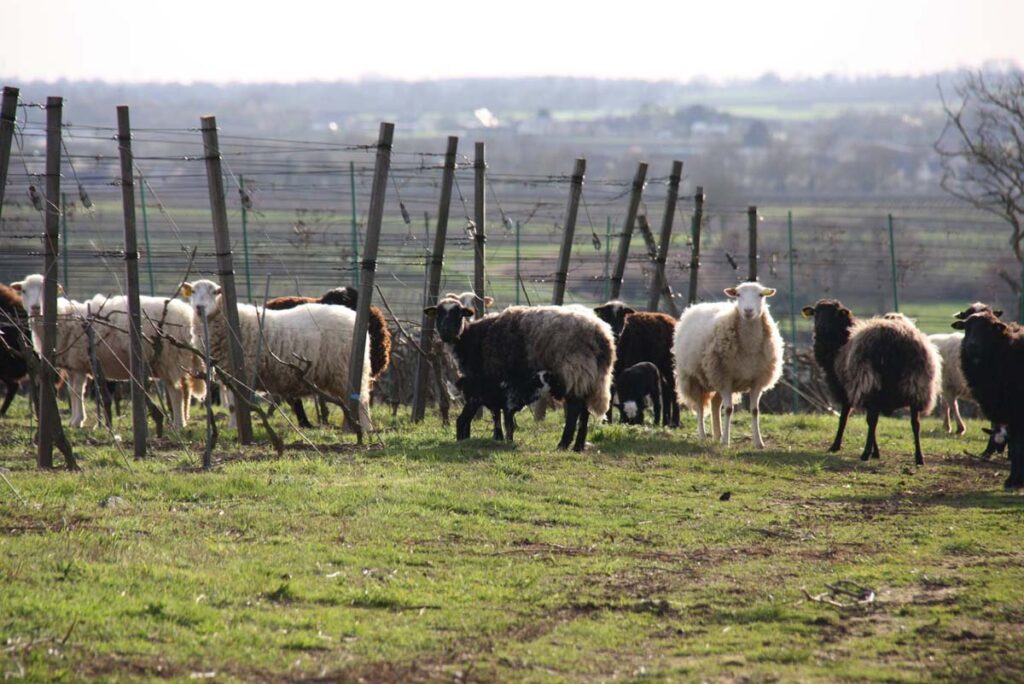
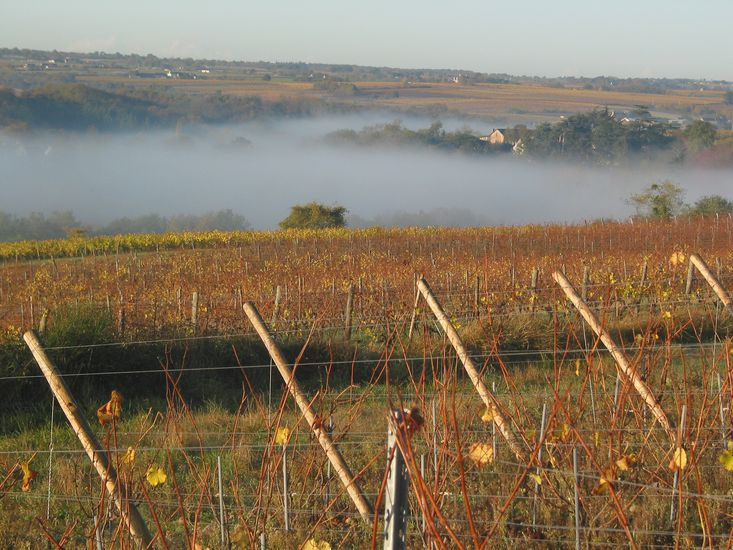
The Layon runs through the long split in the subsoil. Its valley is deep, narrow and steep, creating a contrast of freshness on the banks and aridity on the hillsides.
Its many facies, or bodies of rock, offer an array of terrain with textures and colours specific to each geological formation, and each of these different situations constrains the growth cycle of the Chenin vines in its own way to express its “typicity”.
The climate
The south-east/ north-west orientation of the valleys and their exposure create a special meso-climate that is favourable for viticulture, on the one hand, and for the establishment of Mediterranean-type vegetation, on the other hand, which very occasionally results in a southerly atmosphere, like that of the Pont Barré nature reserve, right nearby Pierre-Bise).
The Chenin Grape
Even if some trace the origin of this grape variety to the 11th, 10th or even 9th century, which is indeed when the cultivation of vines is considered to have started, the earliest officially recorded presence of Chenin only dates from the 16th century; however, it is likely to have appeared in the 15th century at the manor of Montchenin. What is well established, though, is its roots in the Artois region in northern France (it originates from the Savagnin variety), and its flourishment on the banks of the Loire.
The typical grape
Displaying a bouquet of relatively subtle aromas, Chenin is a late-ripening variety and a true interpreter of terroirs. It is particularly good at producing a mineral expression of different wine-growing situations.
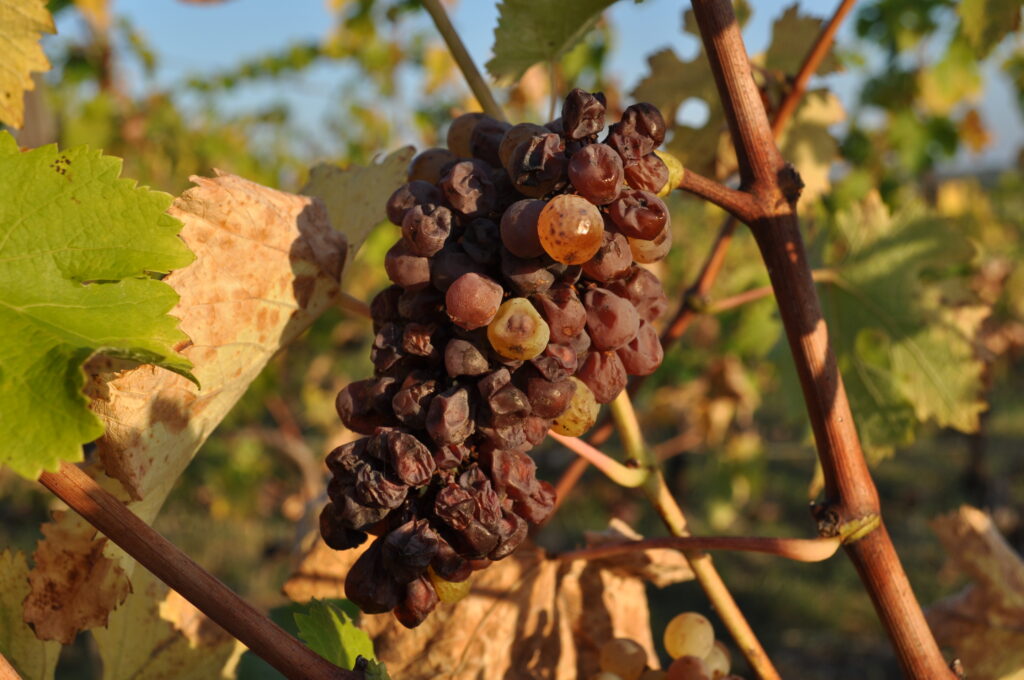
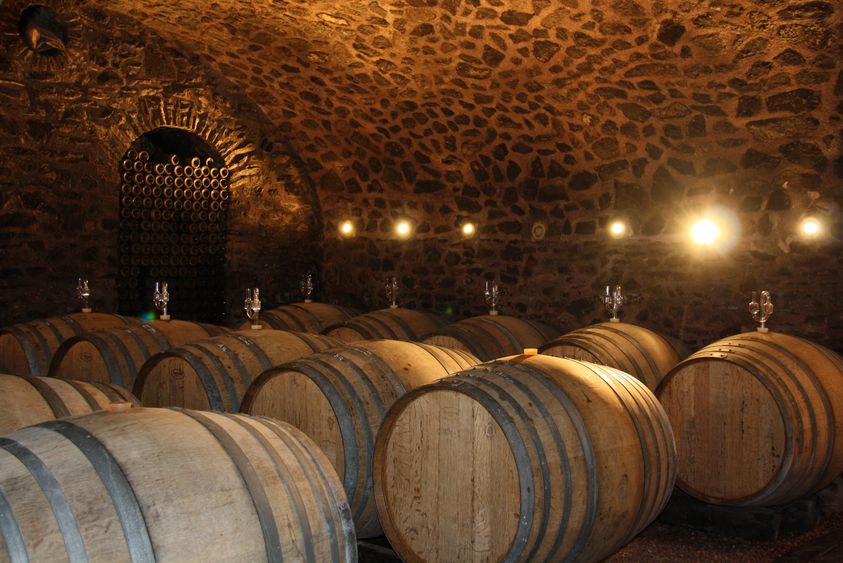
Our Other Grape Varieties
Cabernet Franc et cabernet sauvignon
We also grow Cabernet Franc and Cabernet Sauvignon for our AOC Anjou Villages (reds with character) and our AOC Cabernet d’Anjou (medium-sweet rosé).
Gamay
At last, but not least, we produce as well as a smaller volume of Gamay for a supple and fruity red.
